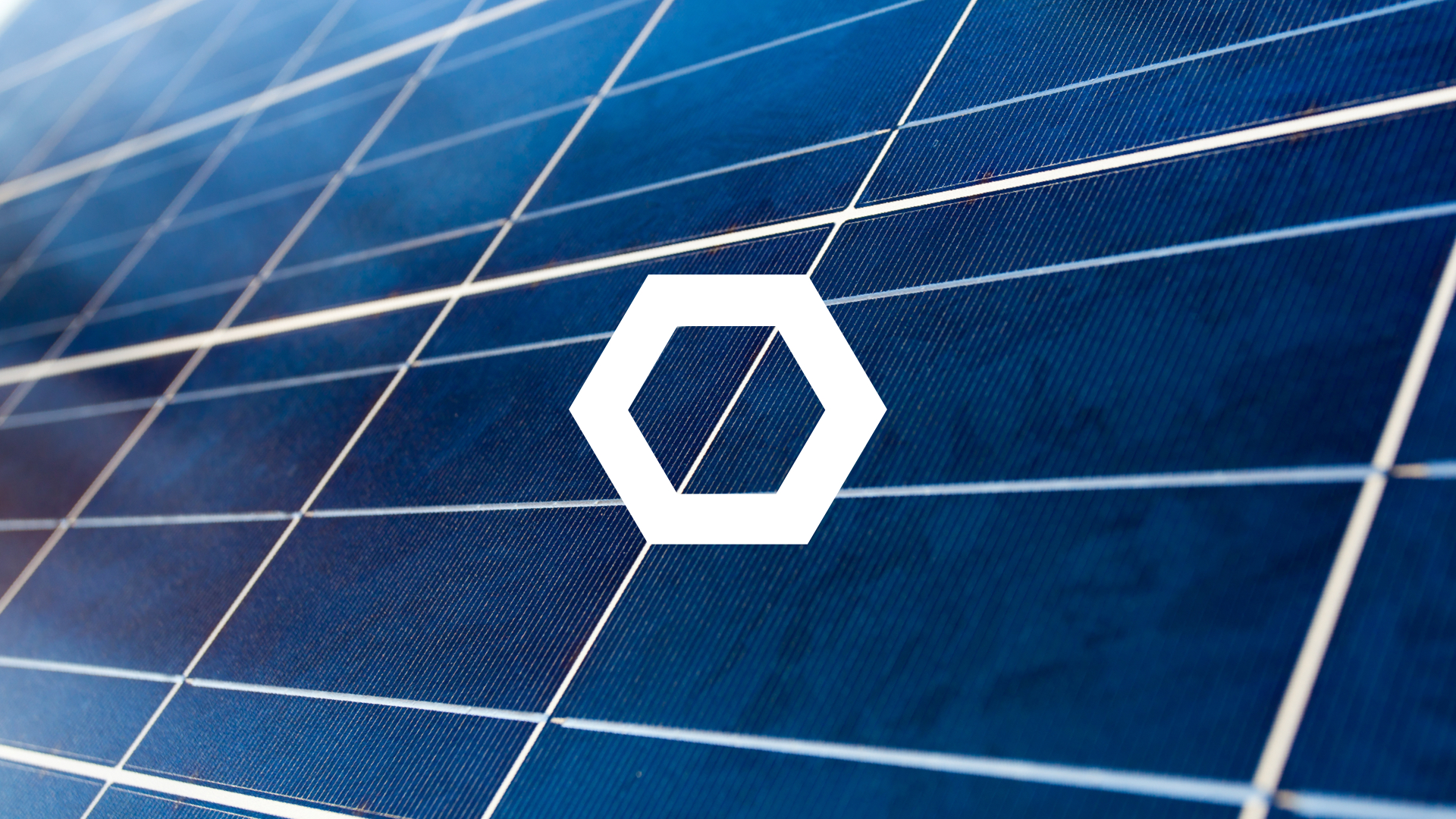We use cookies to personalise content and ads, to provide social media features and to analyse our traffic. We also disclose information about your use of our site with our social media, advertising and analytics partners. Additional details are available in our cookie policy.
These cookies are necessary for the website to function and cannot be switched off in our systems. They are usually only set in response to actions made by you which amount to a request for services, such as setting your privacy preferences or logging in. You can set your browser to block or alert you about these cookies, but some parts of the site will not then work.
These cookies may be set by us or our advertising partners. They may be used by those companies to build a profile of your interests and show you relevant advertisings on other sites. They do not store directly personal information, but are based on uniquely identifying your browser and internet device. If you do not allow these cookies, you will experience less targeted advertising.
These cookies allow us to count visits and traffic sources so we can measure and improve the performance of our site. They help us to know which pages are the most and least popular and see how visitors move around the site. All information these cookies collect is aggregated and therefore anonymous. If you do not allow these cookies we will not know when you have visited our site, and will not be able to monitor its performance.
The information transmitted is intended only for the person or entity to which it is addressed and may contain confidential and/or privileged material. Any review, retransmission, dissemination or other use of, or taking of any action in reliance upon, this information by persons or entities other than the intended recipient is prohibited. If you receive this in error, please contact the sender and delete the material from any computer.

Focus areas

Stay updated on ways we can help your business – with thought leadership, product launches and trends
Thank you for your enquiry. A Coats representative will get in touch with you shortly.
